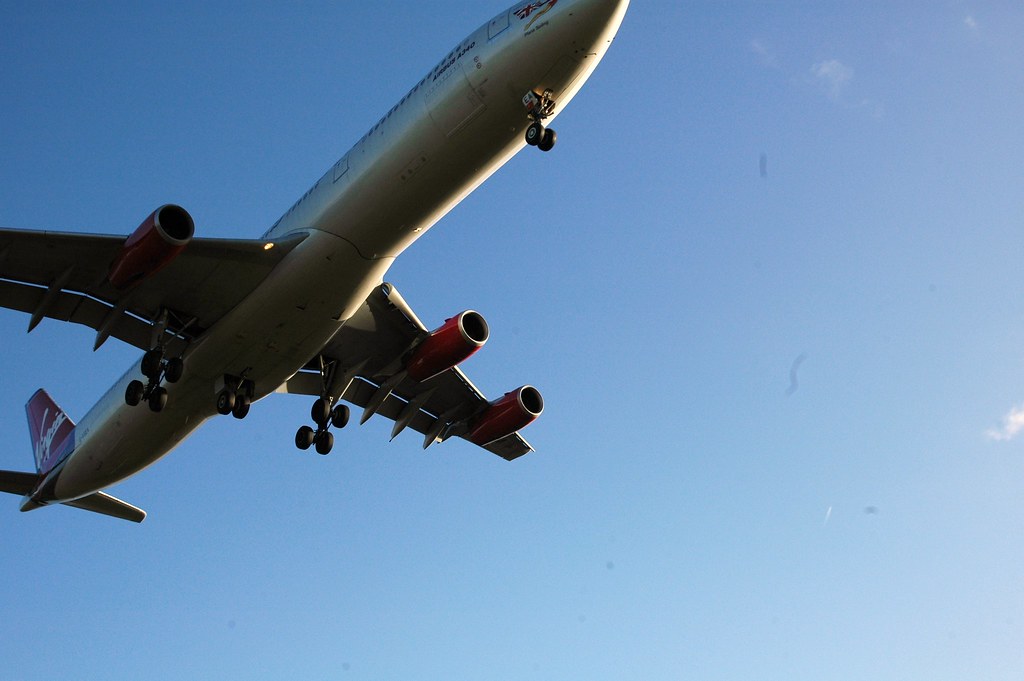WHY VISIT PODGORICA
Podgorica is the capital of Montenegro: it was once known as Titograd and has just over 150,000 inhabitants spread over an area of 1,441 square kilometers.
It is located in the northernmost part of its own nation, more precisely within the plain that extends north of Lake Scutari; it is located at an average altitude of 44 meters above sea level and its territory is crossed by both the Moraca and the Ribnica rivers.
The area of Podgorica has been inhabited since the time of the Greeks and Romans, as evidenced by the remains of the ancient settlement of Doclea, about 3 kilometers from the city, which was also the center of a Serbian medieval principality of the same name and inhabited until to the XIII century.
Having said that, the current center appears to have been born during the eleventh century under the name “Birziminium” (and subsequently Ribnica), with the toponym “Podgorica” which instead is attested only starting from 1326 and seems to refer to the location of the urban agglomeration: this is actually located at the foot of a “Gorica”, or a small mountain relief.
Due to its location at the intersection of important transport routes, Podgorica would quickly become an important commercial center, which would have been fortified at the time of Turkish rule to counter the attacks of the neighboring rebel slave tribes.
The independence of Montenegro is recognized with the Berlin Congress of 1878 and since then the city has been integrated into it, continuing its demographic and economic development. Like the rest of its nation, Podgorica would also have been occupied by Austria-Hungary during the First World War, then becoming part of the new Kingdom of Serbs, Croats and Slovenes, also known as Yugoslavia.
During the Second World War, the city would then be literally destroyed by about 70 bombings before the liberation dated 19 December 1944. Podgorica obtained for the first time the status of capital on 13 July 1946, with the toponym of Titograd in honor of Marshall Josip Broz Tito, co-founder of the Communist Party of Yugoslavia and then-dictator of the Federal Socialist Republic: the city would have regained its name only on 2 April 1992 and would become the capital of the newly established state of Montenegro on 21 May 2006.
WHAT TO SEE IN PODGORICA
Top attractions not to be missed are:
- Saborni Hram Hristovog Vaskrsenja
- Moraca River
- Lake Skadar and Castle (Žabljak Crnojevića)
- River Tsrnoyevicha
- Ribnica Bridge (Most na Ribnici)
- Bukumirsko Lake
- Duklja Ruins
- St. George’s Church
- Dajbabe Monastery
- Waterfall Niagara
Following instead some hidden spots of the city that only locals know!
- Skyline, a lovely and peaceful corner
WHEN TO GO TO PODGORICA
The best period to visit Podgorica is from April to September.
HOW TO REACH AND MOVE IN PODGORICA
the main airport is Podgorica Airport.
WHAT TO DO IN PODGORICA
typical dishes of Podgorica are:
- Salata od hobotnice: octopus salad.
- Riblja čorba: fish soup.
- Crni rižot: black risotto prepared with cuttlefish ink.
- Lignje: squid rings, typically battered.
- Riba na žaru: barbecued fish, either orada (gilthead bream), brancin(sea bass) or andcipol (mullet).
- Šopskasalata: salad of tomatoes, peppers, cucumber, onion, olives, and feta cheese, originating from Macedonia and similar to Greek salad.
- Jagnjece: Roast lamb.
- Čorba od koprive sa sirom: nettle chowder with cheese.
- Čobanska krem supa od vrganja: shepherd cream soup with mushrooms (boletus).
- Otkos čorba: cut hay chowder.
- Čorba od crnjaka: black onion chowder.
- Ječmena kaša sa pečurkama: barley porridge with mushrooms.
- Kaša sa pečurkama: mushroom porridge.
- Kaša od rezanaca: noodle porridge.
- Kuvani Brav: boiled lamb.
- Brav u Mlijeku: lamb cooked in milk.
- Kačamak: buttered potato and cornmeal in kaymak (fresh salted cream), served with cold milk, buttermilk or yoghurt.
- Kuvana Krtola: boiled potato halves served with cold yogurt, cheese, or fresh cream.
- Ukljeva: smoked and dried bleak.
- Zelje u kokote na kastradinu: cooked headed cabbage with smoked and dried mutton.
- Japraci: dolma made with raštan leaves, served with mashed potato.
- Čorbast Pasulj: bean stew with smoked ribs and various types of salami and sausages.
- Maune: green bean stew.
- Grašak: peas and beef stew.
- Balšića tava: fried veal with an assortment of vegetables and dairy products.
- Paštrovski makaruli: a type of homemade macaroni with olive oil and cheese from brine.
- Rakija: A potent spirit made from distilled grapes, occasionally flavored with herbs or fruit, and often served before a meal as an appetizer.
- Nikšićkopivo: Lager brewed in Nikšić.
typical souvenirs of Podgorica are:
- handcrafted jewelry
- icons
- Turkish coffee
- wine
The main theatre of Podgorica is the Montenegrin National Theatre.






















